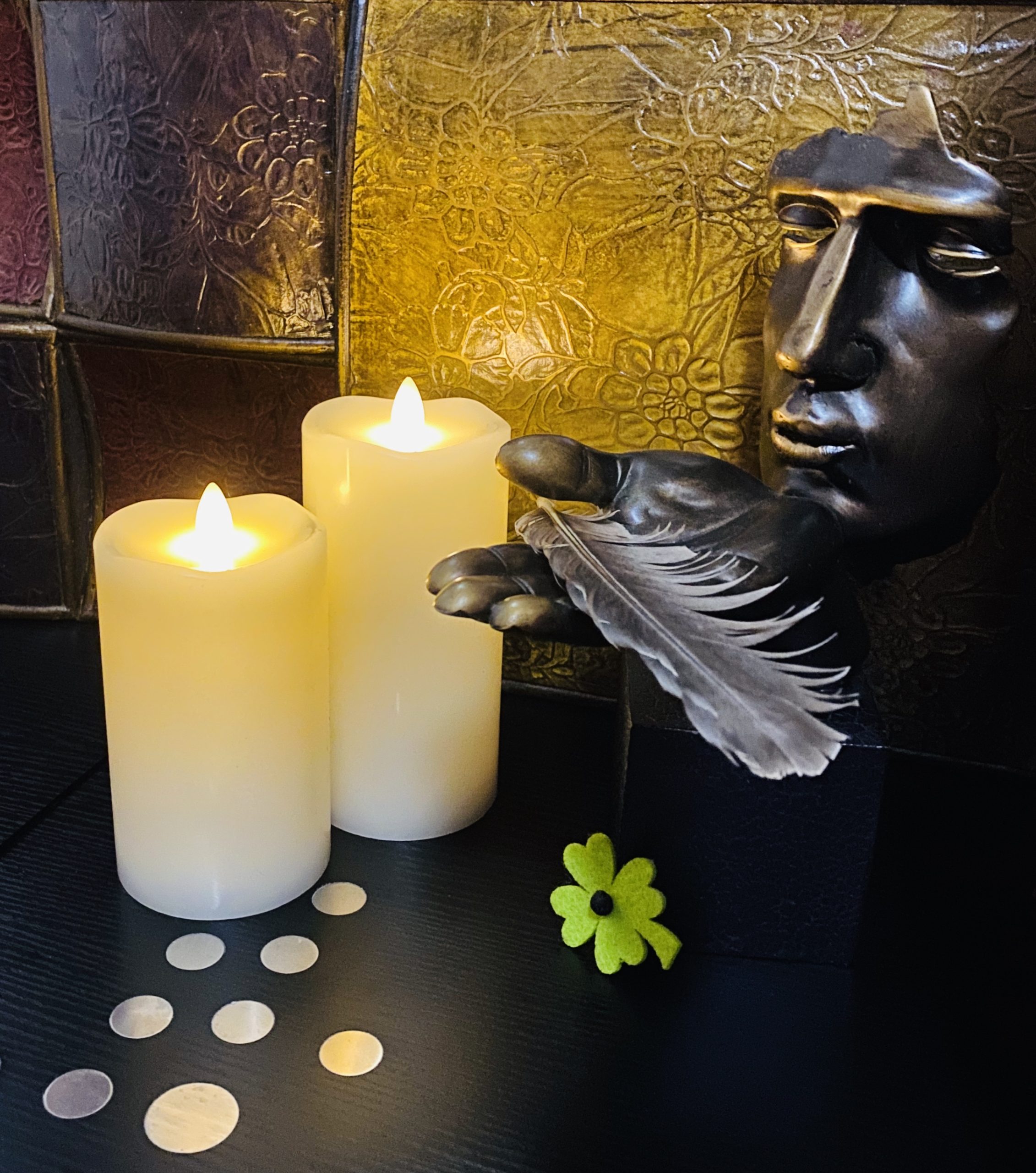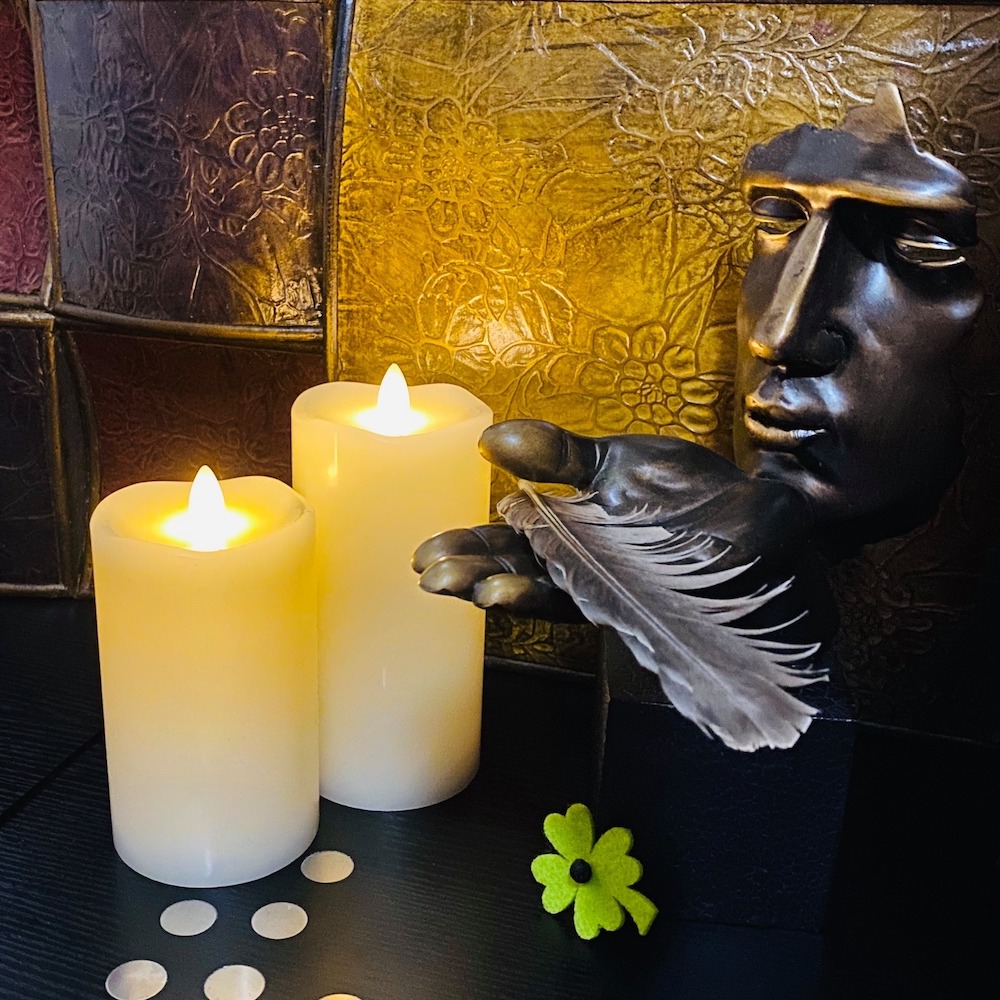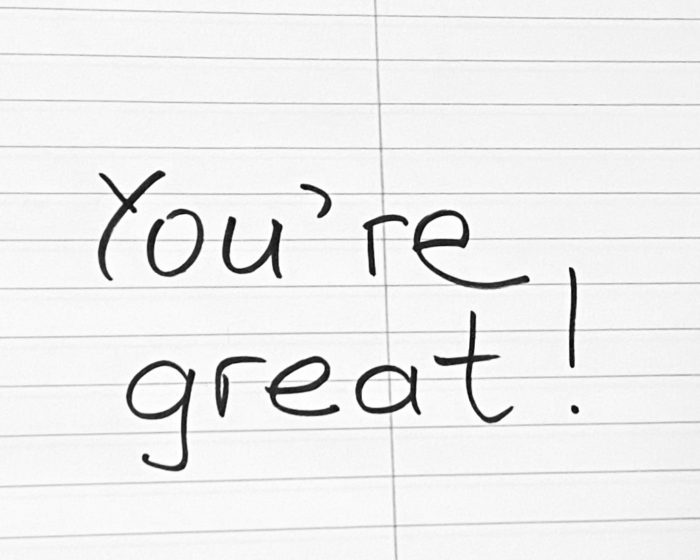Symbolism is a part of our daily life. Logos, emojis, our clothes, jewelry, favorite colors, pets, homes, and so on, are all symbols. They represent who we are, our moods, and our values. They can also epitomize people and events that are important to us.
It’s safe to say that humanity’s entire existence is based on symbols and their use and interpretation. Knowledge was passed on through symbols like ancient cave drawings and hieroglyphs.
Our dreams—a deep fascination of mine—are wholly made of symbols. The primary and only way our consciousness communicates with us and expresses itself is through the use of symbolism. The reality we experience when we are asleep and dreaming is purely symbolic and metaphoric.
What is Symbolism?
One of the ways Merriam-Webster defines symbolism is “the art or practice of using symbols especially by investing things with a symbolic meaning or by expressing the invisible or intangible by means of visible or sensuous representations: such as.”
In writing, symbolism is the use of objects, words, people, or ideas to convey something different from their literal meaning.
The Evolution of Symbolism
Before the evolution of language, people communicated through symbols—gestures and sounds.
Today, symbols are reflected in language, and like language, symbolism has also evolved and continues to expand.
Even though certain symbols have become absolute—a dove stands for peace and love, red can spell out danger or passion, an owl means wisdom and intelligence, etc.—the interpretation of symbols in general is relative and can be very personal.
Symbolism in Writing
In literature, writers use symbolism to enhance the pictures they paint with their words and provide the reader with a richer, deeper visual and sensory experience. It’s the best way to accomplish what every writer strives for—showing rather than telling, connecting themes, adding imagery, and hinting at other meanings.
As a writer, you can immensely magnify and intensify your writing, as well as achieve that deep connection with the reader through the use of original and authentic symbols (or by building on existing symbols that are widely accepted) and the right balance of small-scale and large-scale symbolism.
Types of Symbolism
There are two types of symbolism—small-scale symbolism and large-scale symbolism.
Small-Scale Symbolism
Small-scale symbolism is the effective use of figurative language—metaphors, hyperboles, similes, and so on. The successful use of figures of speech can help you enhance your writing and provide the reader with deeper insight into who a character is or emphasize the importance of a scene or dialogue.
The weather in a scene, for example, can symbolize the nature of events taking place and the emotions of the characters. Along the same lines, what someone is wearing or their hairstyle can hint at certain character traits of theirs and their lifestyle.
Take care, though, not to overuse symbolism. As with everything else in life, moderation is essential and allows for key events, characters, and moments to stand out and make the desired impression.
As I mentioned above, balance is crucial.
Large-Scale Symbolism
Large-scale symbolism is the use of dominant, recurring symbols in a story that help connect and deepen the overall theme, along with any secondary ones.
I recently re-read Nathaniel Hawthorne’s short story “The Minister’s Black Veil.” The black veil in the story is an ideal example of large-scale symbolism, and as a deep thinker with a curious mind and someone who is always more interested in what dwells beneath the surface, I couldn’t help but be amazed at the relevance of the theme today.
Hawthorne uses the veil as a means to represent secret sin and hypocrisy and to hint at shame, hiding one’s true nature, and a lack of self-awareness and understanding of one’s own consciousness.
The Sunday Reverend Hooper appears with a black veil over his face is a day like no other. The minister’s veil reveals his inner battle, and the fact that he never takes it off again divulges the depth of his own convictions and alludes to his ever-increasing awareness of the duality that exists within himself and within us all.
Interestingly enough, the idea of the black veil in the story can be strikingly pertinent today.
As we are wrapping up the year 2020, we are finding ourselves in a very new and unfamiliar world that is very different from the one we were living in barely a year ago.
In this new world, face coverings are becoming the norm, and while a large portion of society believes they are intended to represent protection from the coronavirus, the topic remains controversial and is being interpreted in various ways during this sensitive and emotional transition period—a period leading to an unknown outcome for humanity.
In 2020, almost 200 years after the original publication of “The Minister’s Black Veil” in 1832, I find that its theme is reinforced in a very subtle yet obvious way, and its meaning becomes even deeper.
To me, Hawthorne’s masterful use of symbolism is remarkable, and his genius transcends his time.
Final Thoughts
We all have something unique to offer the world. Writers do it through their words.
If you want to make a lasting, unforgettable impression with your writing, the skillful use of powerful symbolism is an infallible way for you to achieve just that.
To Your Success!







